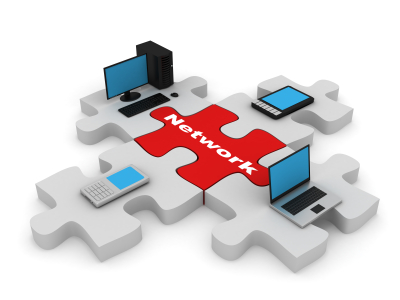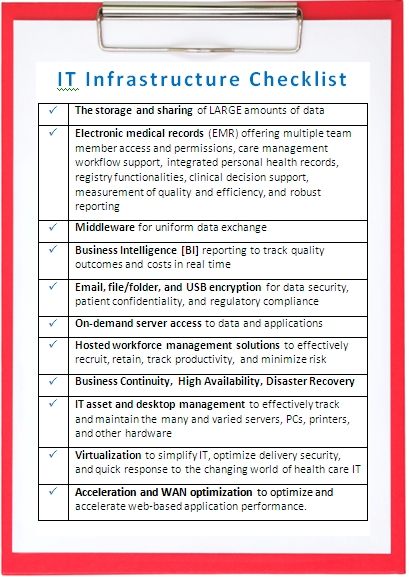Introduction
 In past blogs I’ve referred to Patronizing Partnership as the highest level of eProcurement Evolution, a Buyer/Vendor relationship marked by trust, cooperation, and mutual support. Let’s discuss this in more practical terms which go beyond the platitudes and attitudes, first by defining what is eProcurement Evolution, specifically, complete procurement automation. (In Part II, I’ll illustrate the benefits of eProcurement with a plausible ROI scenario.)
In past blogs I’ve referred to Patronizing Partnership as the highest level of eProcurement Evolution, a Buyer/Vendor relationship marked by trust, cooperation, and mutual support. Let’s discuss this in more practical terms which go beyond the platitudes and attitudes, first by defining what is eProcurement Evolution, specifically, complete procurement automation. (In Part II, I’ll illustrate the benefits of eProcurement with a plausible ROI scenario.)
The Automated Procurement Process – removing the barriers to communication
Let’s start with that which lies at the heart of eProcurement Evolution – open communication between Buyers and Vendors facilitated by the automated procurement process. What are the essential features of a fully-functioning automated procurement process?
The automated procurement process essentially is comprised of the following three elements:
- A user interface to support configuration of custom business rules, vendor management, and item management
- An automated exchange of transactions with vendors and buyer systems
- Application logic to check all configuration and business rules against vendor transactions and buyer systems
For the user of Procurement Partners, transaction automation embraces:
- A customer-specific and customized application access point for all users
- A corporate access point for enterprise customers, enabling corporate staff to view procurement activity at all levels of the organization from the corporate level to the individual facility
- Order approval workflow and tracking
- Electronic Transactions: purchase orders, acknowledgements, confirmations, updates and invoices
- Contract and item maintenance with vendors
Automated exchange of transactions with vendor and buyer systems insures an open two-way conversation, including:
- An online communication protocol with vendors and service providers
- Custom integration into vendor order processing and item database systems and buyer ERP/accounting systems using their best practices
- Transaction processing with update/change notifications
- Electronic invoicing for all types of invoices
- Invoice approval workflow and tracking
- Contract price and freight reconciliation
- Custom alerts at multiple steps in the procurement process
Application logic is the “secret sauce” that really makes procurement automation work. Here are a few of the ingredients:
- Customized business logic
- A vendor product catalog with content maintenance capability
- Contracted item maintenance, analysis, and reporting
- Enterprise user administration and management
- Price reconciliation for contracted items
- General ledger structure, assignment, and processing support
- Budget support, tracking, and alerts
- Intelligent reporting
Conclusion
The two major benefits that Buyers experience from a fully-automated procurement system include:
- Improved contract compliance – getting the consistent value and price they negotiated with their Vendors.
- A tangible ROI – leveraging the contract compliance process for real savings. This is what I’ll address in the next blog
Question: What features would you like to see in a fully-automated procurement process?
/Prime-Care-Technologies-Logo.png?width=191&height=55&name=Prime-Care-Technologies-Logo.png)

 Personal productivity devices, such as desktops, laptops, smartphones, and tablet PCs, and the data they generate and retrieve have contributed to a wealth of information and…risks for Long Term Care. If Information Technology (IT) managers are unable to monitor, manage, and protect productivity devices, software distribution, and how information is exchanged and filed, providers run a considerable risk of data loss, non-compliance, and potentially fatally damaging their operations. Implementing sound hardware and data management practices is the responsibility of all providers. IT Asset Management (ITAM) embraces the technology and best practices that can help IT Managers with this critical task.
Personal productivity devices, such as desktops, laptops, smartphones, and tablet PCs, and the data they generate and retrieve have contributed to a wealth of information and…risks for Long Term Care. If Information Technology (IT) managers are unable to monitor, manage, and protect productivity devices, software distribution, and how information is exchanged and filed, providers run a considerable risk of data loss, non-compliance, and potentially fatally damaging their operations. Implementing sound hardware and data management practices is the responsibility of all providers. IT Asset Management (ITAM) embraces the technology and best practices that can help IT Managers with this critical task. Last time, when I addressed the theme of eCommerce evolution, I wrote that for eCommerce to evolve Buyers and Vendors alike must trust each other through communication and consistency in services, processes, and meeting commitments. And they must trust and implement technologies and innovations as well as further refine their practices and reach their goals.
Last time, when I addressed the theme of eCommerce evolution, I wrote that for eCommerce to evolve Buyers and Vendors alike must trust each other through communication and consistency in services, processes, and meeting commitments. And they must trust and implement technologies and innovations as well as further refine their practices and reach their goals.
 It’s that time of year again.
It’s that time of year again.